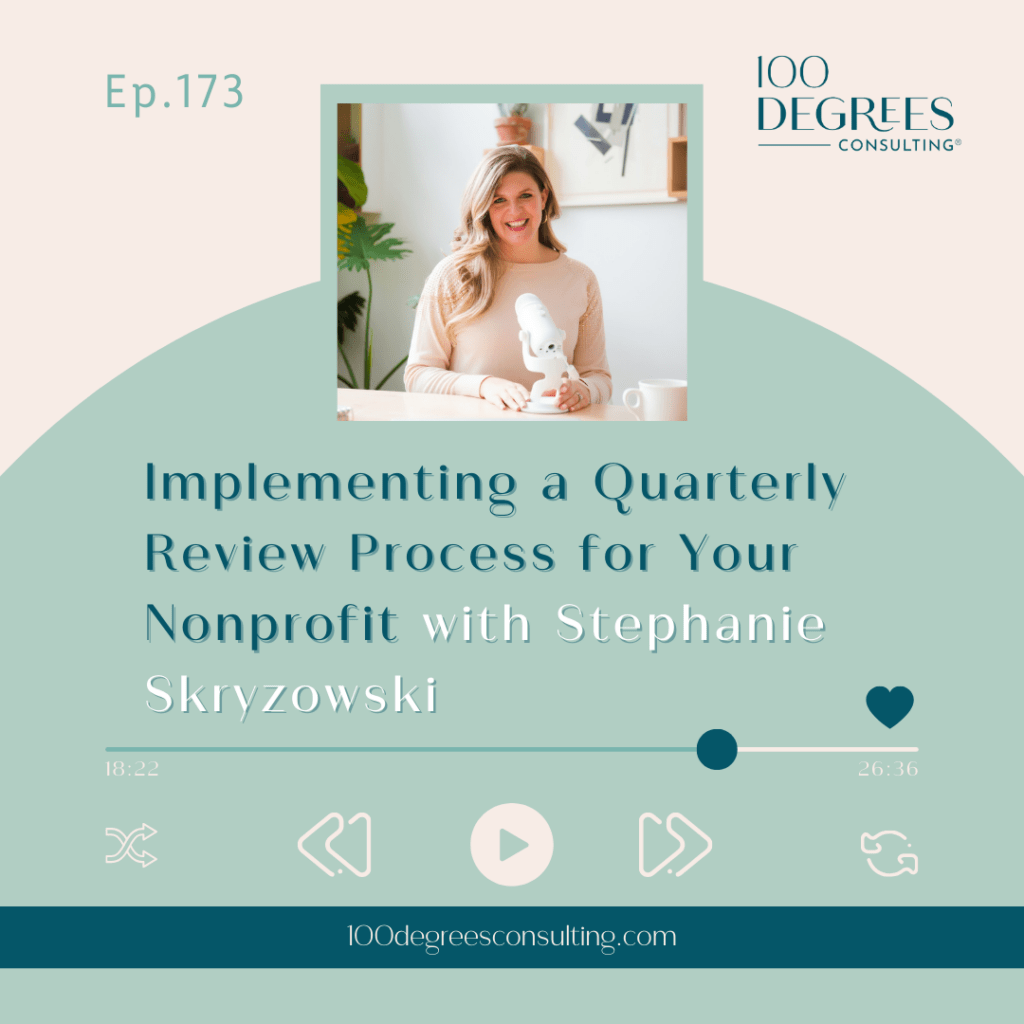Classy just posted an article about the 9 nonprofit trends that will influence 2018, but they left out one critical component of nonprofit management. Finance.
[Side rant: Why does everyone forget finance?! If I accomplish only one thing in my life, it will be to elevate the finance department of nonprofits everywhere! Our work is the foundation to programmatic, fundraising, and marketing success, but we are too often overlooked.]Since Classy covered marketing, data, graphic design, and others, but left out finance, I thought I would round out their list of nonprofit trends that will influence 2018 and add one trend in for finance.
The question is: What did you notice in 2017 and how do you see it influencing the future?
My answer, when thinking about nonprofit finance, is TRANSPARENCY.

Historically, the numbers have been left to the experts. The accountant enters the transactions, the CFO reviews them and presents to the CEO and Board, and that’s where it stops. The Program Manager who runs the programs on the ground has no clue what the income statement looks like or why they should care.
Transparency in the nonprofit world isn’t a new concept. A decade ago, the IRS released the revised 990 which included significant governance questions, and Guidestar, the charity watchdog that we all know and love, has already implemented greater standards for nonprofit reporting, including programmatic accomplishments so that we’re not judged on numbers alone.
But has this industry transparency trickled all the way down to the organizational level?
In my experience, it hasn’t. Non-finance staff still have no idea about their organization’s budgets or financial performance.
Why is this important? If they’re not on the finance team, why should they care how much cash is in the bank or how much we raised last month?
Because transparency leads to accountability which leads to ownership. The more transparent we are about our numbers to the entire team, the more accountable they will feel towards their own small budget. When making decisions on buying supplies for their program or talking about the organization at a donor visit, they’ll think about the big picture. They will feel greater ownership for the organization’s financial health if they know the basics of financial performance.
Transparency is one area we focus on and instill in each of my clients. We host training that breaks down the income statement and balance sheet into the most critical and relevant details so that everyone knows what the numbers mean to them. We boil the financial statements down into usable dashboards so even the most numbers-averse can understand their organization’s financial performance at a glance.
So as I look into 2018, I think more organizations will begin to instill transparency in their organizations and will reap the benefits of a more accountable and dedicated team, and as a result, a more sustainable, strong organization.
Industry-wide transparency from the very top all the way down to individual staff members can only reap good for the nonprofit world as a whole.




















